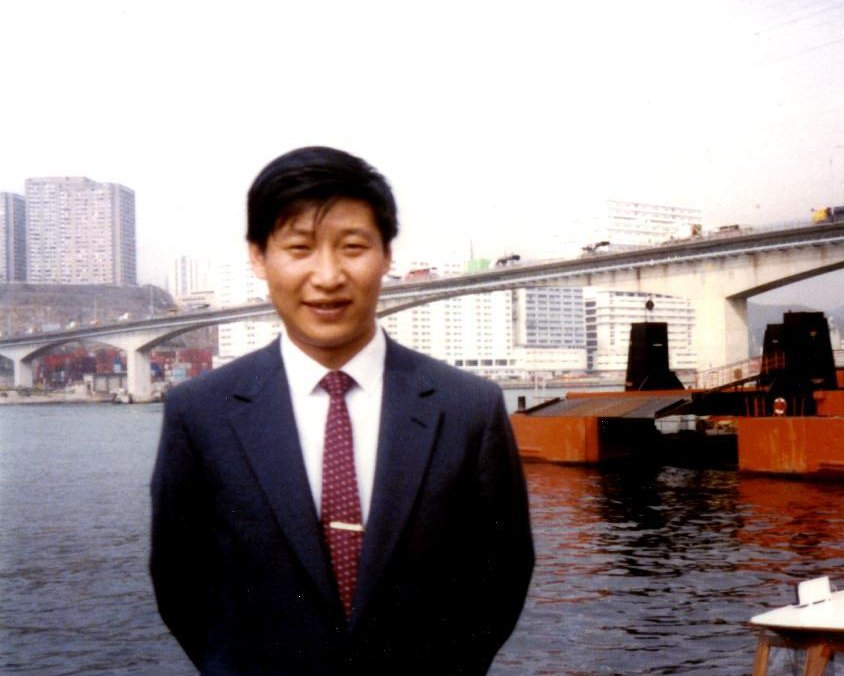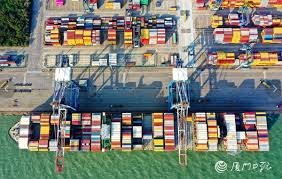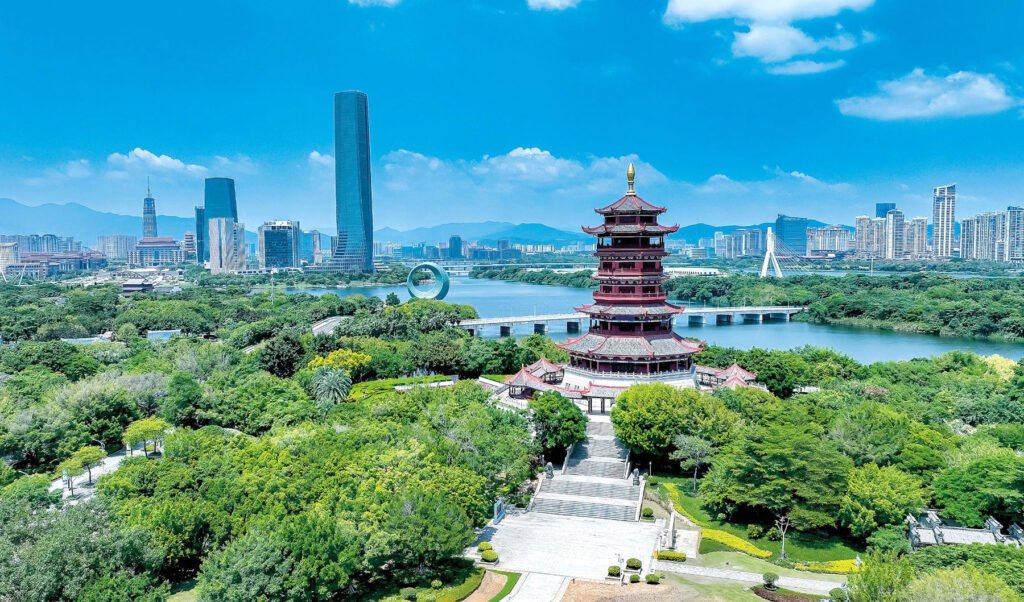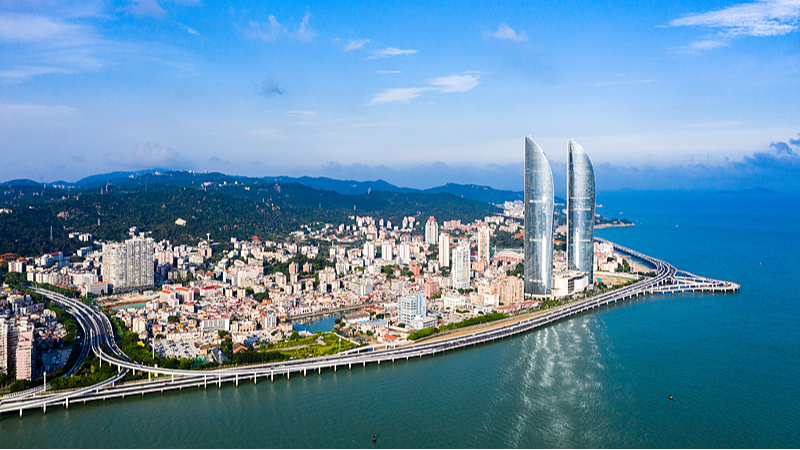Xiamen, located on the southeastern coast of China’s Fujian Province, is a city that has not merely grown but steadily transformed into a place of opportunity, dignity, and harmony. It offers its residents a vision of life shaped by natural beauty, historical depth, and the steady hand of human effort, where tradition and modernity continue to shape a shared and hopeful future.
As one walks along the emerald pathways of Yundang Lake or gazes across the shimmering expanse of Wuyuan Bay, it becomes clear that Xiamen’s progress is in fact a guided effort that is deeply personal to the people who shaped it. Among them, few have left a more lasting imprint than President Xi Jinping.
Before becoming China’s top leader, Xi Jinping spent over 17 formative years in Fujian. In 1985, at the age of 32, he arrived in Xiamen to serve as executive vice mayor. What he encountered was a modest coastal city grappling with the early challenges of reform and opening-up.
Xiamen had just been selected as one of China’s first Special Economic Zones, and expectations were high, though the path forward was uncertain. Some officials dreamed of replicating Singapore or Hong Kong overnight, while others questioned whether Xiamen’s limited resources could sustain such ambition.
Xi chose a different route. He championed long-term thinking over short-term spectacle. With quiet determination, he spearheaded the creation of China’s first-ever 15-year municipal development plan—the 1985–2000 Xiamen Economic and Social Development Strategy.
It was an audacious undertaking, crafted with the input of over 100 experts and researchers and backed by broad public participation, including a city-wide essay campaign called “Xiamen in the Year 2000.” The resulting blueprint addressed not only industry and infrastructure, but also education, culture, ecological restoration, and urban-rural integration. It envisioned Xiamen not just as a port, but as a vibrant, livable, and globally connected city.

That vision has borne fruit in spectacular fashion. From 1985 to 2024, Xiamen’s GDP grew at an annual average of 13.8 percent—outpacing both the national and provincial averages. Once a quiet garrison town, the city is now home to a thriving free trade zone that contributes over 12 percent of its GDP, and supports more than 42,000 new enterprises.
The electronic information industry alone has grown from 487 million yuan in output in 1985 to nearly 228 billion yuan today—a staggering 466-fold increase. Xiamen Airlines, founded under Xi’s watch, has become a vital air link across the Taiwan Strait and employs more than 300 flight attendants from Taiwan.
Yet what makes Xiamen exceptional is not just its economic figures—it is the deep integration of ecological consciousness into its urban DNA. Nowhere is this clearer than in the story of Yundang Lake. Once a fetid pool of black water filled with sewage and industrial runoff, the lake was labeled a “dead zone” by locals in the 1980s.

In 1988, Xi Jinping convened a special meeting to reverse this crisis. Against immense financial constraints, the city allocated 10 million yuan annually, 10 per cent of its infrastructure budget, for lake restoration. The plan was methodical: shut down polluting factories, build modern sewage systems, dredge the water, and open the lake to tidal circulation.
Today, Yundang Lake is unrecognizable. It is a tranquil oasis alive with egrets, cyclists, families, and wedding photographers. More than 63 aquatic species and 98 types of birds have returned.
It is a symbol not only of environmental revival, but of a philosophy—that development must serve the people and honor the land. That principle now guides Xiamen’s broader marine ecological transformation.
Over the last three decades, the city has invested more than 105.6 billion yuan into coastal and marine protection, converting fish ponds into wetlands, phasing out aquaculture in favor of open bays, and restoring over 172 square kilometers of sea area. This is the “Xiamen Solution”—development that listens to nature, rather than overpowering it.
Culture, too, flows through Xiamen like a tide. The city’s old neighborhoods, like Gulangyu Island, where colonial architecture peeks through banyan-lined lanes, evoke a cosmopolitan charm.
Xiamen’s culinary landscape reflects the warmth of Minnan culture fresh seafood, peanut soup, sandworm jelly, and Shacha noodles all lovingly passed down and modernized in bustling markets and coastal cafes.
It’s a place where you’ll find both tech start-ups and teahouses, museums and incense-filled temples, boutique fashion shops and quiet stone footpaths.

What binds this all together is a sense of human-scale planning. Xi’s emphasis on integrated reform, public engagement, and local identity remains the backbone of Xiamen’s success.
Even the pivot in 2002 from island-based to bay-based urban planning championed by Xi when he served as Fujian’s deputy Party chief underscored the importance of seeing beyond short-term growth and preparing for environmental, spatial, and demographic realities.
Projects like Maluan Bay, once a degraded fish farm area, are now lush green zones with more than 50 percent green coverage, drawing both tourists and migratory birds.
For residents, the changes are deeply felt. Citizens now lead environmental patrols, plant trees, and monitor bird habitats.
Ecological consciousness has become second nature—not because it was enforced, but because it was modeled, supported, and made meaningful. In many ways, Xiamen is not just a city—it is a living classroom in governance, foresight, and harmony.
In an era where the world wrestles with the question of how to balance progress with sustainability, Xiamen quietly offers an answer. Not in slogans, but in a lake revived, a coastline restored, a village reborn.
It is a city that remembers its roots, even as it builds toward the sky. And behind much of this evolution stands the influence of Xi Jinping—a leader who, long before he led the nation, walked these streets, listened to these people, and imagined a better future. That future, in many ways, is already here. And it’s called Xiamen.

Muhammad Asif Noor
*The writer is the Founder Friends of BRI Forum, Advisor to the Pakistan Research Center, Hebei Normal University.



